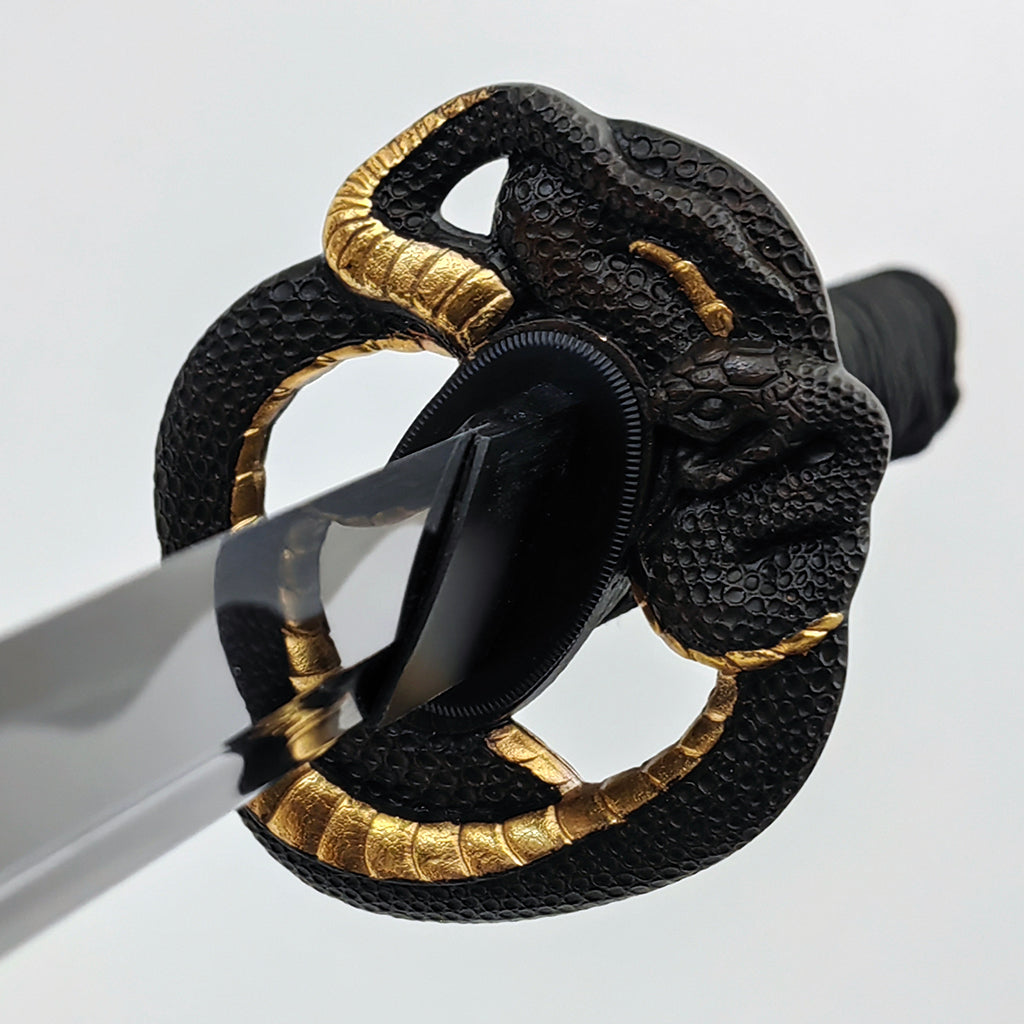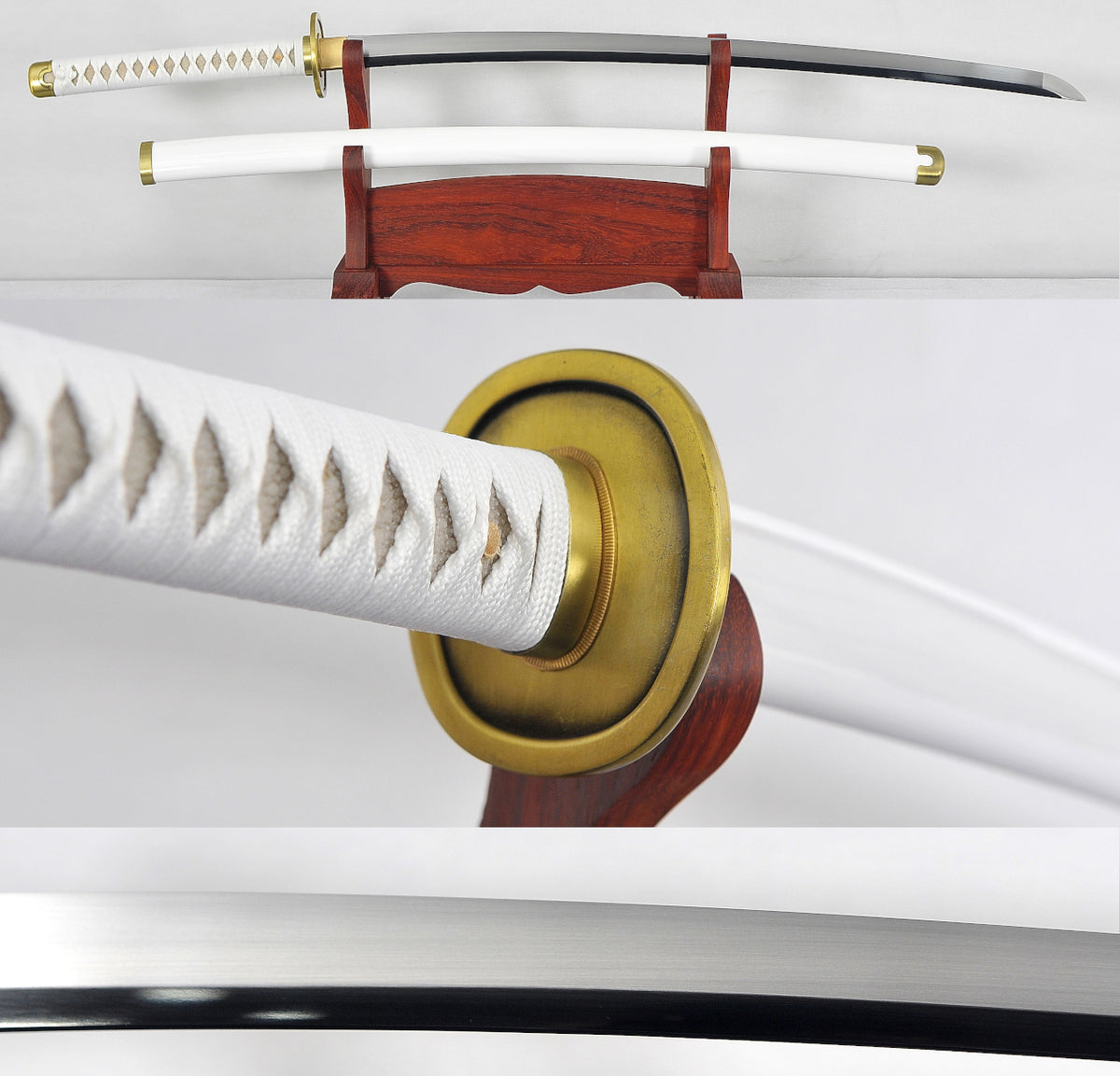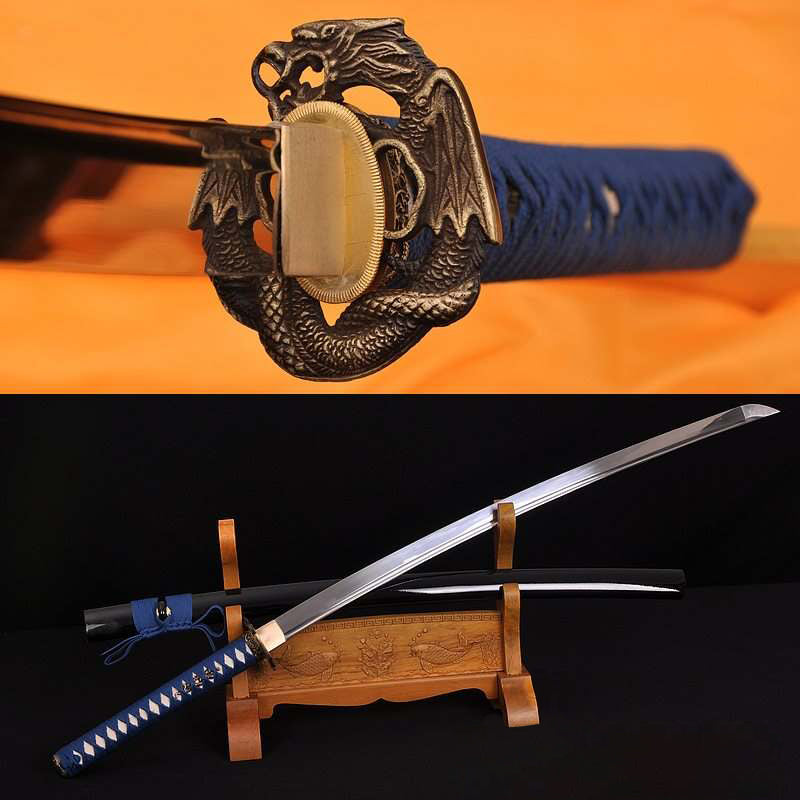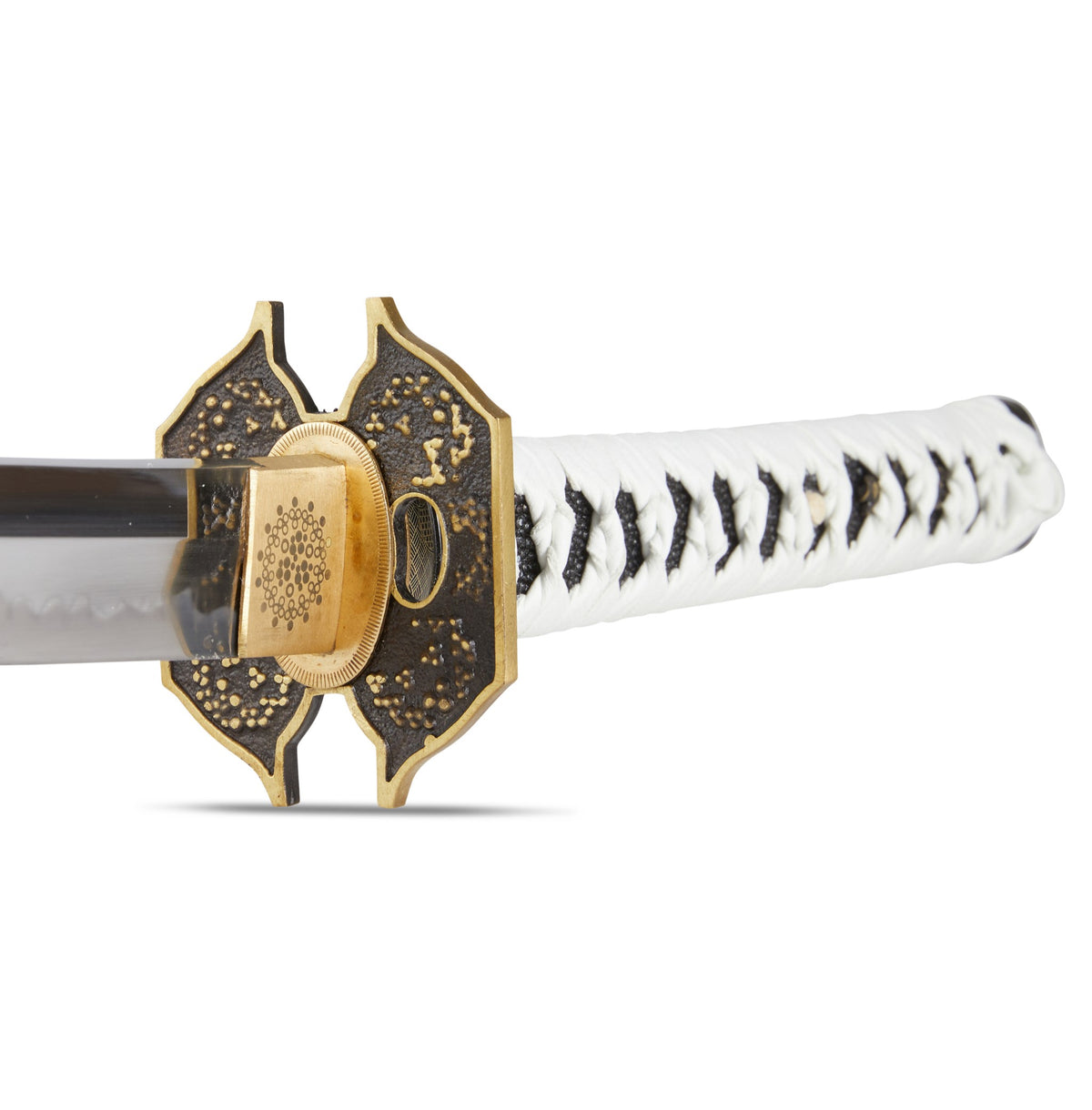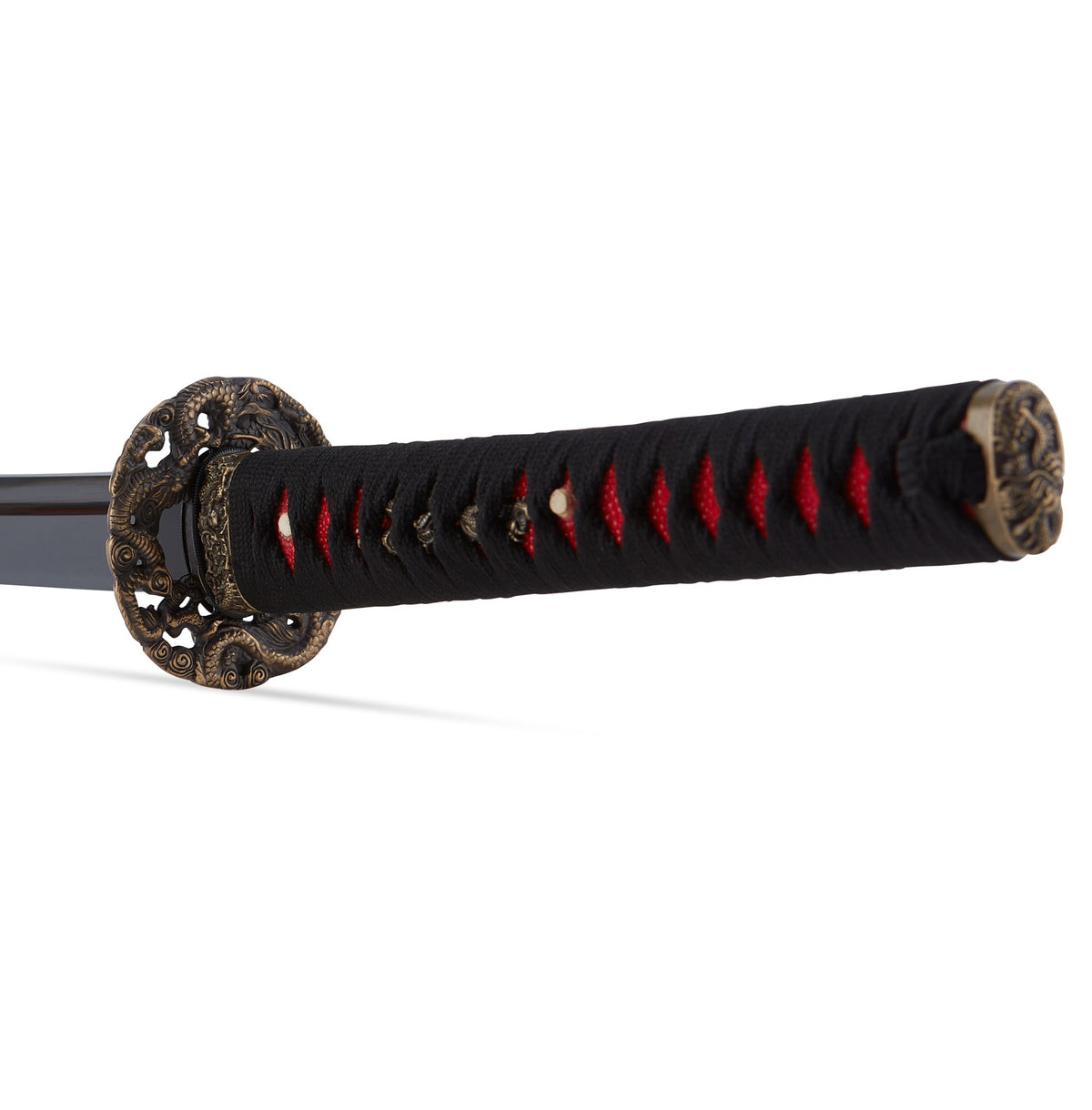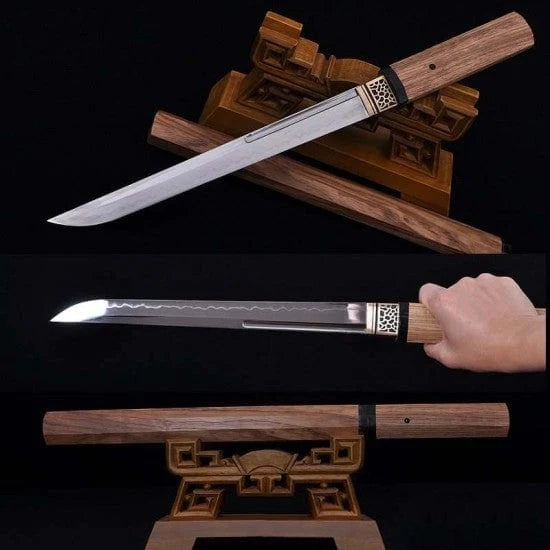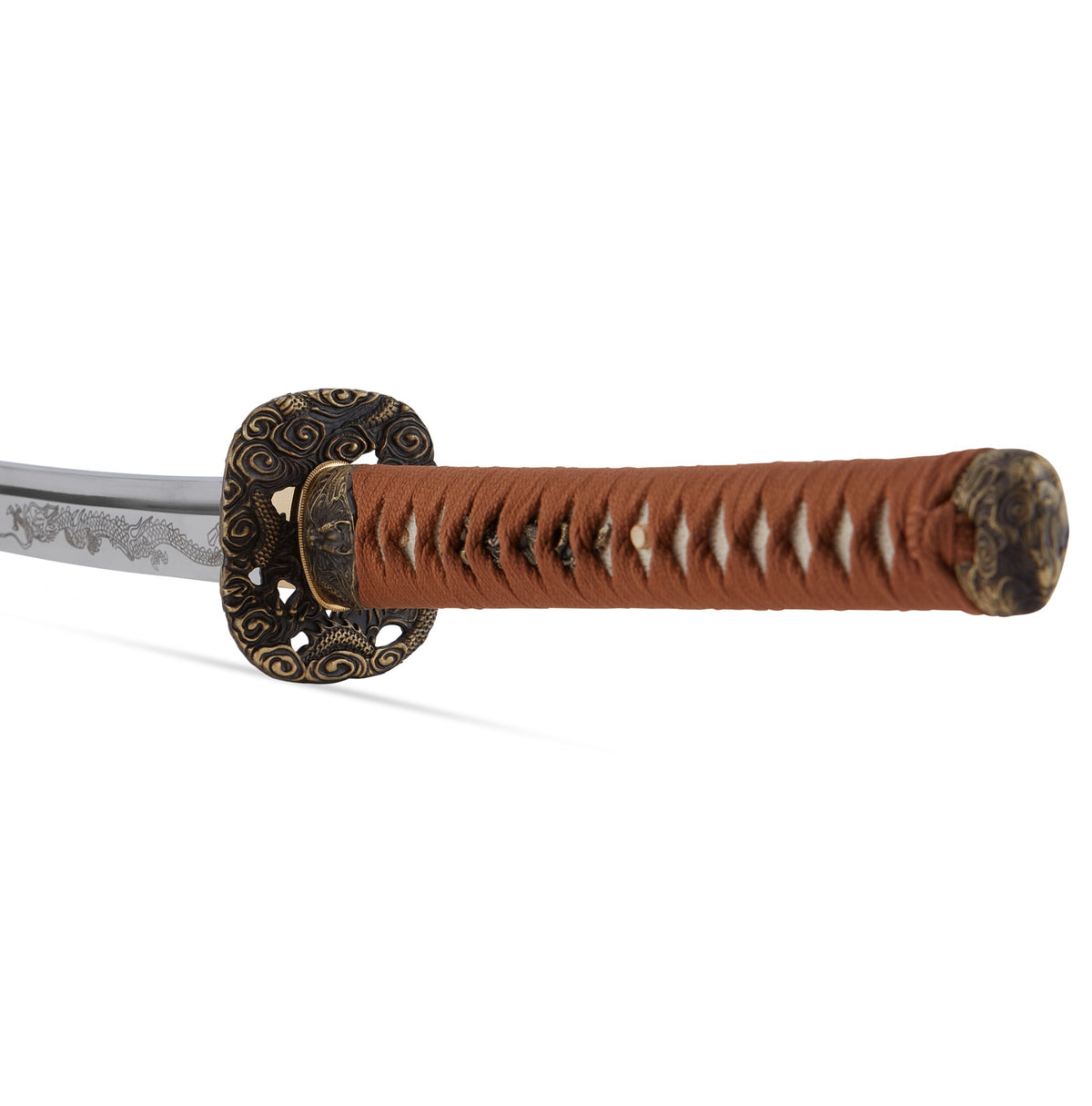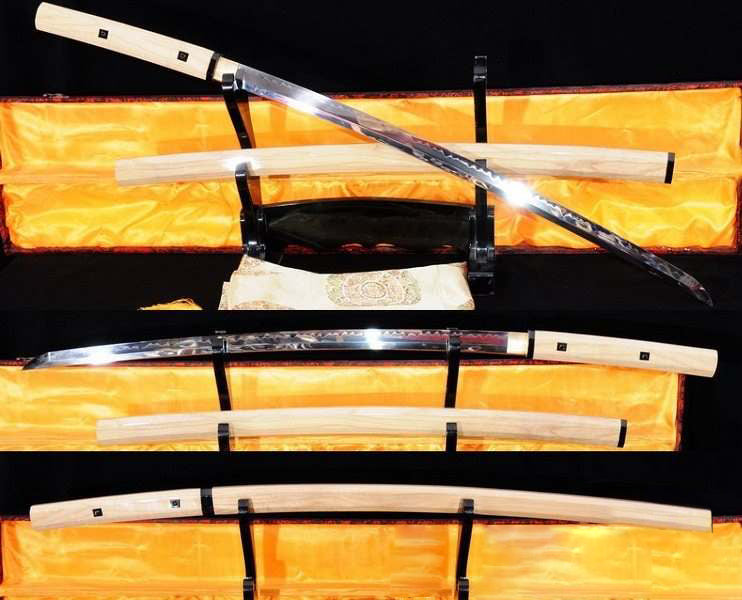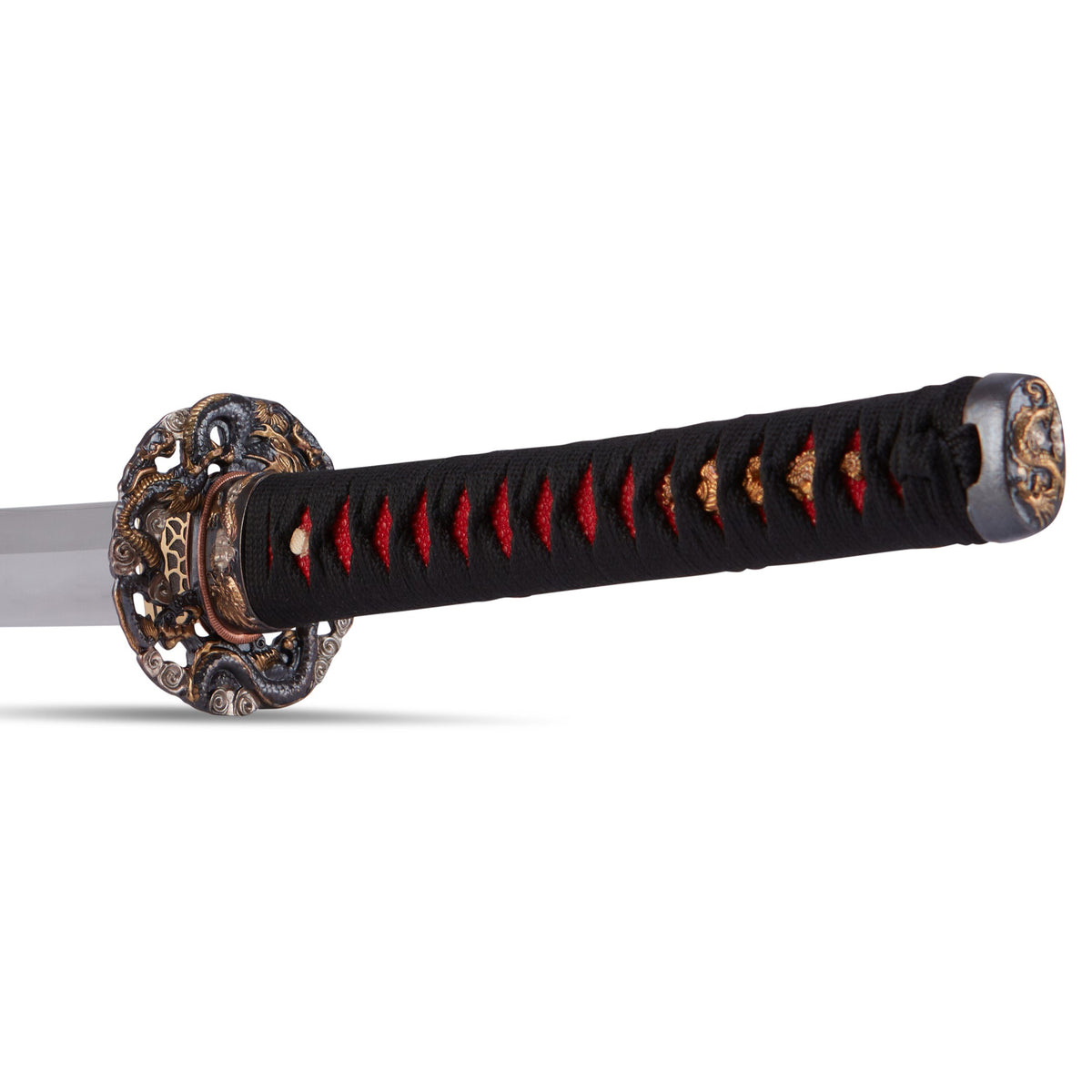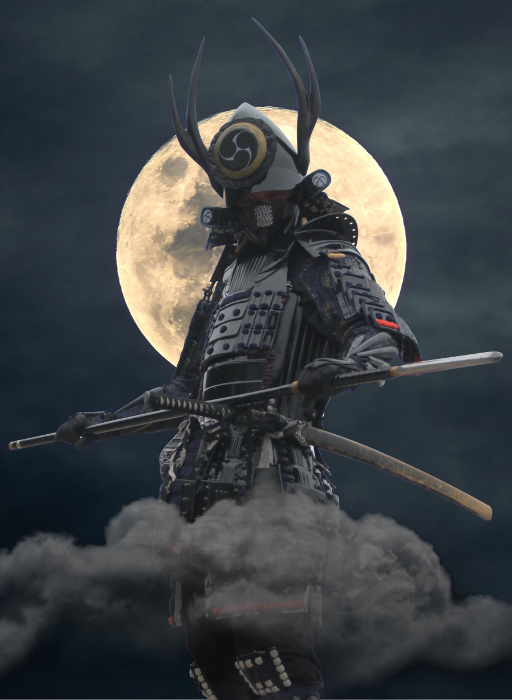Tomoe Gozen and the Onna Bugeisha

When thinking of samurai, we often think of fierce male warriors, but there is one dignified female warrior by the name of Tomoe Gozen who appears in the samurai chronicles in the later half of the 12th century. She was said to be an expert martial artist, going on to become a teacher of martial arts before having a role of a more military nature. It may be worth pointing out first that it was not uncommon for women in feudal Japan to receive martial arts training. Between the 9th and 12th centuries, women of the samurai class were trained to not only use the sword, but also the naginata which many favored, as well as the bow and arrow. Nevertheless, the role of these female warriors was primarily defensive in nature, as they were expected to protect themselves and their homes in the event of an enemy attack.
What sets Tomoe Gozen apart her fellow warrior women was that she was trained for offensive skirmishes, rather than defensive scenarios in which many others were prepared for. Tomoe Gozen, despite being one of the Onna Bugeisha who stand out the most, is only mentioned in one account, in the Tale of Heike, during the Genpei War of the 12th century. There aren’t any other written records of Gozen’s life, which understandably has led to many historians questioning the legitimacy of her existence, but we’ll speculate and try to decipher what we think is real and what isn’t. It’s likely that there is some truth in every tale.

Tomoe Gozen with Uchida Ieyoshi and Hatakeyama no Shigetada
Tomoe Gozen is described as having black hair and fair skin, perhaps so strikingly beautiful that she stood out. She was also noted as being a fearless rider, one who was skilled with a horse and possibly more skilled than many of her male counterparts. It’s said that she was able to maintain full functionality of the bow whilst riding at fast speeds and was as dexterous as she would have been standing on flat ground. The tale of Heike quotes her as being fit to meet either God or Devil on the battlefield.
As you can imagine, given what little evidence we have on Gozen’s existance, we know nothing about her childhood or early life. We can understand from the tale of Heike that she would wind up serving the samurai lord Minamoto Yoshinaka in the Genpei war between the Minamoto clan and the Taira clan. Though it’s been speculated that Gozen was just his wife, mistress, or merely a servant. Tomoe Gozen has a few instances of battle that are documented in the tale of Heike, though all of them center on the Genpei war between the rebellious Minamoto and Taira clan, in their dispute to decide a ruler of Japan.

The first instance in which we see Tomoe Gozen in battle is when she was deployed by Yoshinaka in the battle of Yokota-Kawara in 1181. It was during this battle that Gozen proved she could stand just as tall as her male counterparts, going on to decapitate seven men and place their heads on pikes so that all would know of her skill. Her presence on the battlefield would become so significant that the Minamoto clan would entrust her to lead a force of a thousand men at the Battle of Tonamiyama in 1183.
Minamoto Yoshinaka would find himself engaged in the battle with his cousin, Minamoto Yoshitsune at what is known as the Battle of Awazu in 1184. It would be Yoshinaka’s last stand against his cousin’s forces where there are many accounts of his fate. For Yoshinaka, it’s been said that he found a nice quiet spot for which to commit seppuku before he could be killed. Another instance has him trying to escape, only for his horse to become murdered in icy mud, allowing for his cousin’s forces to catch up to him and fill him with arrows. A more insidious account suggests that after his horse was stuck in the mud, Yoshinaka placed his sword in his mouth and jumped from the horse, decapitating or impaling himself upon hitting the ground.

Minamoto Yoshinaka
In the instance of Tomoe Gozen, the legend has it that Yoshinaka’s army would be mostly wiped out by his cousin’s army of 6,000 men, reducing his own number to only just five. Amongst those five was Tomoe Gozen, sword in hand and ready to face down the oncoming enemy regardless of the odds. By this point she would have already earned her fearsome reputation and was known for going up against men with such a ferocity that it was hard to distinguish her from a regular samurai. However, Yoshinaka would order her to leave the battlefield, claiming that it would bring him shame if he died with a woman by his side.
The implication of this would obviously leave Yoshinaka further short-handed, not that he would stand much of a chance anyway, but socially, it also serves to remind us of the hierarchy between men and women in feudal Japan, that it would be considered a disgrace to die being defended by a woman. The idea that feudal Japan was very much a man’s world, despite women taking up swords, rings very true in this instance. Reluctantly, Gozen obeyed her master’s orders, but was said to behead an approaching enemy, as if to demonstrate both her skill and her frustration at having been dismissed. In another version, Gozen seeks the permission of Yoshinaka to obtain a final kill in honor of him, which he agrees. Gozen was said to stride into the oncoming enemy horde, singled out the strongest and most reputed men amongst them, Onda no Hachiro, and beheaded him.

Tomoe Gozen in combat with Onda no Hachiro
In an extended version of the Tale of Heike, Gozen was said to have been defeated by Wada Yoshimori, a vassal military commander of the Kamakura Shogunate, who came into conflict with Gozen after the death of Minamoto Yoshinaka. She wasn’t outright killed however, and was instead forced to become his concubine. Another story suggests in the fate of Tomoe Gozen, states that she became a nun, and would live the remainder of her days mostly in peace. A third story depicts Tomoe Gozen avenging the death of Minamoto Yoshinaka by slaying his enemies, though it isn’t detailed as to whether she did this alone through the use of deception and assassinations, or whether she raised armies to wage war, both of these being terribly unlikely considering these two events have never been documented. In the event that she did slay Yoshinaka’s enemies, perhaps most notably his cousin, she was later said to have taken Yoshinaka’s head and walked off to the sea with it, as perhaps a token of her love for him, or merely so that Yoshitsune’s men could not defile it. Her fate, however, ultimately remains a mystery to us.
Another famous female warrior from Japanese history is Nakano Takeko, a woman who we have a little more credible information on. We know that she was was born in the Aizu region sometime in the 19th century, when the ruling Tokugawa shogunate was essentially on it’s last legs, and was deep at war with the Japanese imperial court, a war known as the Boshin War. Takeko would study martial arts and sword fighting from a young age in Edo, now modern day Tokyo, going on to become a skilled instructor in the use of the naginata. She had so much promise with her blade that her teacher would actually adopt her as his own, although things would turn out for the worst when he tried to arrange a marriage with her, one she certainly turned down, before effectively relocating back to her home in Aizu in the mid-1800s. It was during this time that we see the Tokugawa Shogunate after nearly 300 years of domination begin to fall, during the Boshin War. The Tokugawa Shogunate would actually surrender in May 1868 but it had a massive following of loyalists who would refuse to accept defeat. Takeko was one of these loyalists, who with her mother and sister, would join an army dedicated to repelling the Japanese Imperials from Aizu.

In the Battle of Aizu, which took place in 1868, Takeko would form her own independent unit of 20 female warriors armed with the naginata. It was this group that would be retrospectively known as the Joshitai, meaning the Women’s Army, who would take part mainly in a counterattack designed to breach Aizu. It was here that Takeko was said to have killed five of the Japanese Imperials before taking a bullet to the chest. In her dying moments, she requested her sister to take her head so that the enemy would not have the honor of claiming it themselves. Her sister agreed and beheaded her, taking her head to a temple in Hokai-ji, and burying it beneath a pine tree. Needless to say, the Tokugawa Shogunate was overcome by the Japanese Imperials and the women of Takeko’s band of warriors were either killed or commit seppuku in solidarity.
Finally, perhaps one of the earliest recorded accounts of a female warrior in Japanese history; a woman who went by the name Empress Jingu, way back in the 1st century. Much like our previous two ladies, this one doesn’t have too much in the way of evidence to support her existence, given that this particular legend is over 2,000 years old. It’s understood that she was a consort to Emperor Chuai, and served Japan as region until the Emperor died in the year 269, whereupon her son Ojin ascended the throne. But what makes Empress Jingu stand out? Well let’s start with her divine powers. You see, Empress Jingu was considered to be something of a shaman, one who played around with mystical jewels, that in some sources, claimed to have given her control of the tide. You’d think that with control over the tide, she’d be able to rule the world, but she set her sights on Korea instead. The legend is a little ambiguous here, some saying that she led a force on horseback and took Korea by means of blood, whilst others say that she managed to take the entire land without shedding a single drop. As you can imagine, the notion that she was able to conquer Korea was widely rejected. Still there is some evidence that Japan did gain a foothold in Korea, ruling over some of the southern territories by the 4th century.

Another fantasized tale states that when Empress Jingu went to battle in Korea, she was actually pregnant, but her son Ojin wouldn’t be born until she returned to Japan three years later. Some say that Ojin was actually the Buddhist God of War, Hachiman, and willfully remained in her womb for three years so as to give her the time she needed to conquer Korea. Empress Jingu, despite her far-fetched accounts, would end up being depicted in Japan as a powerful entity, representing colonial aspirations so much so that she would be featured on Japan’s paper money in 1881. She would be the first woman to be featured on the bank note in Japan. Her final resting place, as you can imagine, is unknown, though there is a tomb designated to her at Misasagi-cho in Nara. Either way, regardless of the truth surrounding the stories of Empress Jingu, or Tomoe Gozen and Nakano Takeko, they have no doubt inspired many generations of Japanese people, both men and women alike.
Best Sellers
- Regular Price
- from $199.99
- Sale Price
- from $199.99
- Regular Price
-
- Unit Price
- per
- Regular Price
- from $299.00
- Sale Price
- from $299.00
- Regular Price
-
- Unit Price
- per
- Regular Price
- from $199.00
- Sale Price
- from $199.00
- Regular Price
-
$0.00
- Unit Price
- per
- Regular Price
- from $619.00
- Sale Price
- from $619.00
- Regular Price
-
- Unit Price
- per
- Regular Price
- from $319.00
- Sale Price
- from $319.00
- Regular Price
-
- Unit Price
- per
- Regular Price
- from $249.00
- Sale Price
- from $249.00
- Regular Price
-
- Unit Price
- per
- Regular Price
- from $339.00
- Sale Price
- from $339.00
- Regular Price
-
- Unit Price
- per
- Regular Price
- from $219.00
- Sale Price
- from $219.00
- Regular Price
-
- Unit Price
- per
- Regular Price
- from $364.00
- Sale Price
- from $364.00
- Regular Price
-
- Unit Price
- per
- Regular Price
- from $519.00
- Sale Price
- from $519.00
- Regular Price
-
- Unit Price
- per
